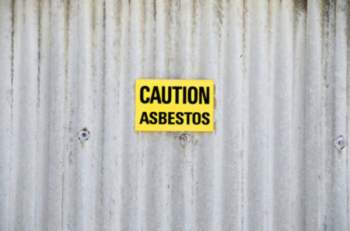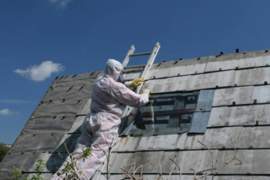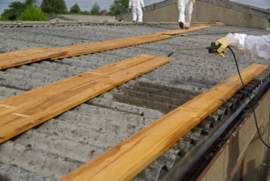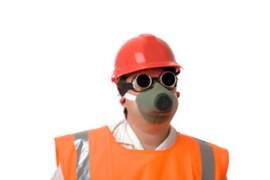
New Hampshire Asbestos Abatement Procedure

Must Read
The New Hampshire Department of Environmental Services administers to most matters related to the New Hampshire asbestos abatement procedure in the state. This includes informing the public on the dangers of asbestos and managing waste disposal sites for asbestos containing material. Certifying consultants, workers and others to perform asbestos abatement is the responsibility of the New Hampshire Bureau of Health Risk Assessment, which will also collect certification fees and approve training programs. Sources of asbestos contamination You will find asbestos in many applications in the home, from insulation to fireproofing. Some of these applications are friable, meaning that their presence is a health hazard due to the fact that they will break and crumble with minimal effort. Any material that has more than 1% of its weight in asbestos is classified as a regulated asbestos containing material. RACMs will be subject to the appropriate New Hampshire asbestos abatement procedure, which generally includes full abatement for friable materials and limited removal of non-friable materials for simple renovations. Demolitions and fire training usually requires full removal as even non-friable materials become friable through these activities. Many occupations will also have some danger of working with asbestos materials. Each of these occupations will have specific guidelines for working with asbestos containing materials. This includes asbestos abatement, which has standards for worker licensing, auto mechanics that may encounter asbestos brakes, and workers in public buildings, such as schools, as asbestos materials were prevalent during construction. Alternatives to asbestos abatement removal Encapsulating friable asbestos is a reliable to ensure that some external friable applications are not disturbed. This is cheaper than removing, disposing and replacing old material and effectively seals the asbestos, preventing further release of harmful micro particles that will be lodged in the lungs. Encapsulation cannot be used on every surface and if the sealant is breeched, you risk having the same issues with possible contamination. Proper disposal of asbestos containing materials All property owners, regardless of coverage under the law, must dispose of asbestos properly, in sealed containers, as sites designated by the state. Certain non-friable material can be treated as construction waste, but most friable material must be wet and sealed to prevent the escape of dangerous fibers. You must contact the landfill in advance to secure approval before transporting the asbestos containing material there. Using an asbestos inspector The only reliable way to tell if you have an asbestos problem is through laboratory testing, since asbestos fibers are not seen by the naked eye. The inspector will also have knowledge of materials that are known to contain asbestos and will be able to identify these items. Any testing can be arranged by the inspector and you will be advised on the proper New Hampshire asbestos abatement procedure.



















